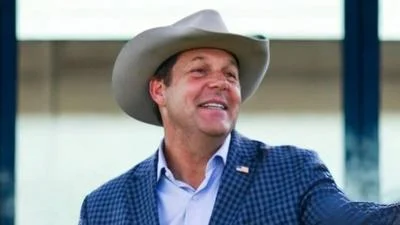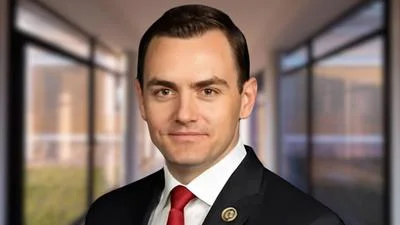WASHINGTON, DC - Energy and Commerce Committee Republican Leader Greg Walden (R-OR) delivered the following opening remarks today at a full committee legislative hearing on H.R. 2741, the “Leading Infrastructure for Tomorrow’s America Act."
As Prepared for Delivery
Mr. Chairman, thank you for holding today’s hearing.
I am encouraged that members from both sides of the aisle, as well as President Trump, are taking serious interest in what should be a shared priority for us all: rebuilding our nation’s infrastructure. I think we can all agree that Republicans and Democrats should be able to come together and work in good faith to build a stronger America.
Mr. Chairman, as you know, and as the members of this committee know, infrastructure means more than roads and bridges. Last Congress, the Energy and Commerce Committee did significant work on infrastructure.
We made great strides to close the digital divide by expanding broadband infrastructure, directing federal resources to target the communities that are currently unserved, and streamlining the complex, costly federal regulations in order to spur broadband deployment and innovation.
We were instrumental in ensuring the America’s Water Infrastructure Act was signed into law. This package cut bureaucratic red tape and reauthorized the Safe Drinking Water Act for the first time in more than two decades, providing the tools and resources that state and local governments need to ensure the public has access to clean, safe drinking water. It also promoted hydropower development, which creates clean energy jobs here at home and provides consumers with low-cost, emissions-free electricity.
We also reauthorized the EPA’s Brownfields program, which allows EPA, states, and local governments to work together to redevelop industrial or commercial facilities, create jobs, and provide for local economic development.
And we worked together to explore solutions to expand, improve, and modernize our energy infrastructure so that we can deliver energy to consumers more safely, reliably, and cost-effectively.
The legislation under consideration today revisits many of these same policies. But just spending more money may not necessarily achieve, what I believe to be, our shared infrastructure goals.
The 2009 stimulus program was advertised that it would create “shovel ready" projects, but many of the jobs that were promised never materialized, and billions of taxpayer dollars went towards wasteful and duplicative projects.
The 2009 stimulus bill put the cart before the horse when it came to spending on broadband deployment without adequate mapping to know exactly what parts of the country needed the most help. I offered an amendment at the time to correct this concern, but it was rejected. Instead, we didn’t get the maps until after the money was allocated.
While I am not trying to relitigate the past, these examples underscore the need to be prudent in how we structure and allocate infrastructure investment.
We must ensure that taxpayer dollars are being used wisely and we must continually revisit and reevaluate federal programs and regulations to ensure goals are being met.
The LIFT America Act designates new investments in some proven programs, but neglects to address some of these concerns.
Such as the immediate need to streamline permitting and reduce regulatory burdens for infrastructure projects. Action that, if taken, would yield immediate results… we would see infrastructure actually getting built!
The promises of modernized energy infrastructure have been held back by Washington’s command and control regulatory regime. We should recognize that innovation, technological development, and market-driven efficiencies ensure economic growth, spur job creation, lower energy costs for consumers, and make a positive impact addressing climate change risks.
The LIFT America Act also calls for our shared goal of expanding broadband deployment, but we need to address mapping and the need for better program coordination. The current lack of coordination and adequate mapping has led to rampant overbuilding in existing programs.
I appreciate that the bill adopts our approach to conduct reverse auctions. I also appreciate the inclusion of Next Generation 9-1-1 and hope that effort can be worked on simultaneously with the broader infrastructure debate.
And while both sides of the aisle have supported state and local public health department infrastructure improvements for purposes of preparedness and response, the LIFT America Act’s public health infrastructure provisions require significant further scrutiny. But I do believe we can and should work together on making meaningful reforms and improvements to the Indian Health Service.
I do have questions about how my colleagues intend to pay for the spending contained in this bill and look forward to working with them as that part of the proposal is developed.
I look forward to today’s discussion and thank you again for holding today’s hearing, I yield back.




